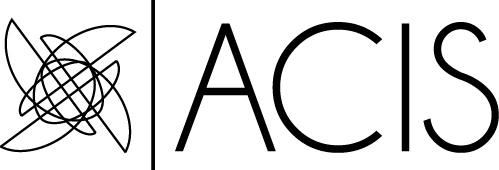
While not an overly represented area, the medieval papers at this years’ conference provided new perspectives on Ireland during this period while offering some important contexts for later historical and literary studies.
Informing the greater theme of the conference, Irish Studies in an international context, the medieval papers placed a clear emphasis on Irish interactions with the outside world. This theme is also indicative of the growing evidence of contact with the Continent and beyond that is increasingly apparent for the medieval period, particularly through the archaeological record. Reflecting the growing scholarship that questions the insular nature of medieval Irish society and culture, Panel II, Converting the Isles? The Island and the Wider World c. AD 400 – c. AD 700, centered on the channels through which Christianity reached and developed in Ireland. This panel questioned the traditional view of Irish conversion to Christianity, which places Patrick and the fifth century at its core. Comparing Ireland to other Roman frontier territories, Elva Johnston examined the interactions the Irish had with the Empire, suggesting that through such contact, the framework for Christianity was laid well in advance of fifth-century missionaries. Building on this concept, the following two papers (Elaine Pereira Farrell and myself) focused on the emergence of a penitential and hagiographical literary tradition, contesting the degree to which Irish Christianity can be considered peculiar. In a similar vein Panel IX, Corporeality, Crosses, and Manuscripts, paid attention to the degree to which Irish art and literature is both inspired by foreign contact and is itself influential outside Ireland. Linda Brady’s analysis of the Lebor Bretnach considered the ways in which the reworking of the Historia Brittonum formalized Irish perceptions within an understandable trans-national format. Similarly, Laura McCloskey considered the degree to which Irish manuscript illumination was pioneering, while drawing on foreign exemplars. Such assessments provided an important starting point to consider assumptions about medieval Ireland in light of the new evidence that has emerged for this period.
The inter-disciplinary setup of the conference allowed for thematic comparison between medieval contributions and other scholarship. For instance the papers from Panel IX, mentioned above, fit well with discussions of the influences on nineteenth-century Irish art (Mary Jane Boland) and the form of nineteenth-century Irish high crosses (Coleen Thomas). Nonetheless, the perceived insular nature of Ireland during the medieval period remained a feature of discussions, especially in relation to modern Irish literature. The inclusion of Colin Ireland’s paper, “‘Three things required of a poet’: How early Irish poetic myth helps explain the success of Modern Irish Poets,” alongside contributions from Catriona Clutterbuck and Eric Falci provided a conceptual basis for the inspirations that underscore aspects of modern Irish poetry. This was similarly the case for Kelly Fitzgerald’s discussion of the formation of Irish folklore, as well a number of contributions concerned with Yeats. These comparisons may become increasingly productive as scholarly understandings of the early and later medieval period evolve.
